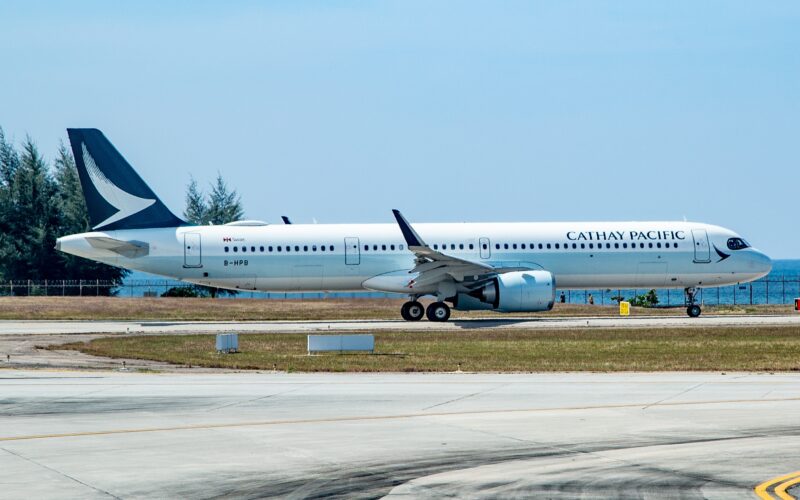Cathay Pacific Explores Mid-Sized Widebody Aircraft Options

Cathay Pacific in its ongoing efforts to modernize and expand its fleet, has issued a request for information (RFI) for potential replacements of its older mid-sized widebody aircraft. The airline is considering models such as the Boeing 787, Airbus A330neo (A330N), or Airbus A350.
This development, reported by multiple Hong Kong-based news outlets, aligns with Cathay Pacific’s strategic growth plans. While the airline’s spokesperson refrained from providing specific details, they confirmed the airline’s commitment to fleet expansion and modernization. “We are evaluating options for a versatile, mid-sized widebody aircraft that can support a range of missions and contribute to the growth of our passenger and cargo business,” stated the spokesperson.
Cathay Pacific’s move towards fleet enhancement was recently evidenced by its order for six A350 Freighters from Airbus, with options for an additional twenty units. CEO Ronald Lam indicated the imminent issuance of the RFI last Nov. 2023, emphasizing the airline’s shift from pandemic survival mode to a phase of rebuilding and investment.
Cathay Pacific’s active approach towards fleet renewal, with current orders including eight A320-200Neos, twenty-four A321-200Neos, four A321-200NXs with Airbus, and twenty-one Boeing 777-9s. Historically, Boeing aircraft have been predominant in Cathay Pacific’s fleet, but recent years have seen a notable shift towards Airbus.
Both Boeing and Airbus have yet to comment on this potential order. Cathay Pacific’s current widebody fleet includes aging A330-300s and 777-300ERs, with some aircraft in these subfleets exceeding 20 years of age, underscoring the need for modernization.
Cathay Pacific’s decision to explore options for mid-sized widebody aircraft reflects the airline’s focus on operational efficiency, passenger comfort, and environmental sustainability. The successful integration of these new aircraft will not only enhance Cathay Pacific’s operational capabilities but also solidify its position as a leading carrier in the competitive Asia-Pacific region and beyond.
